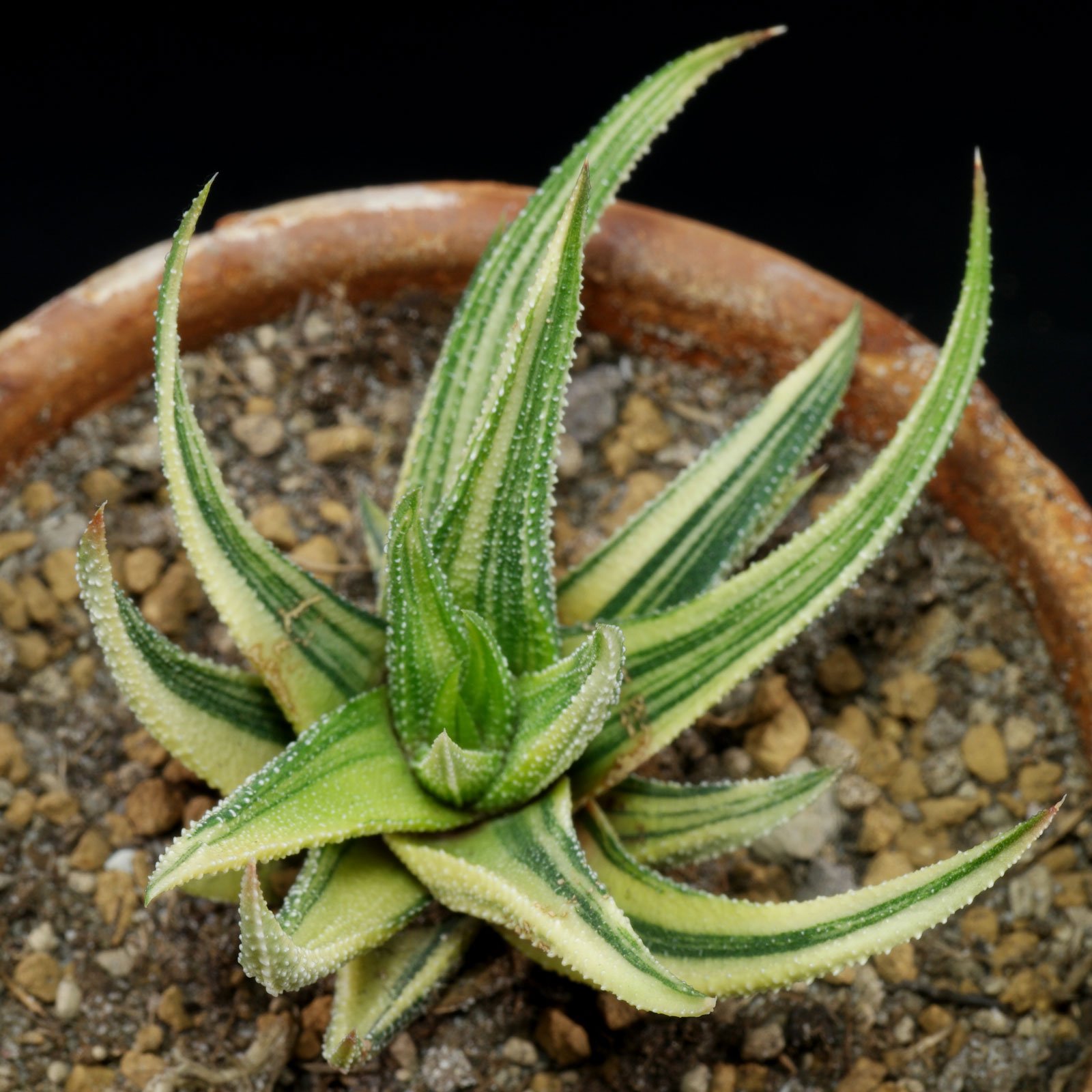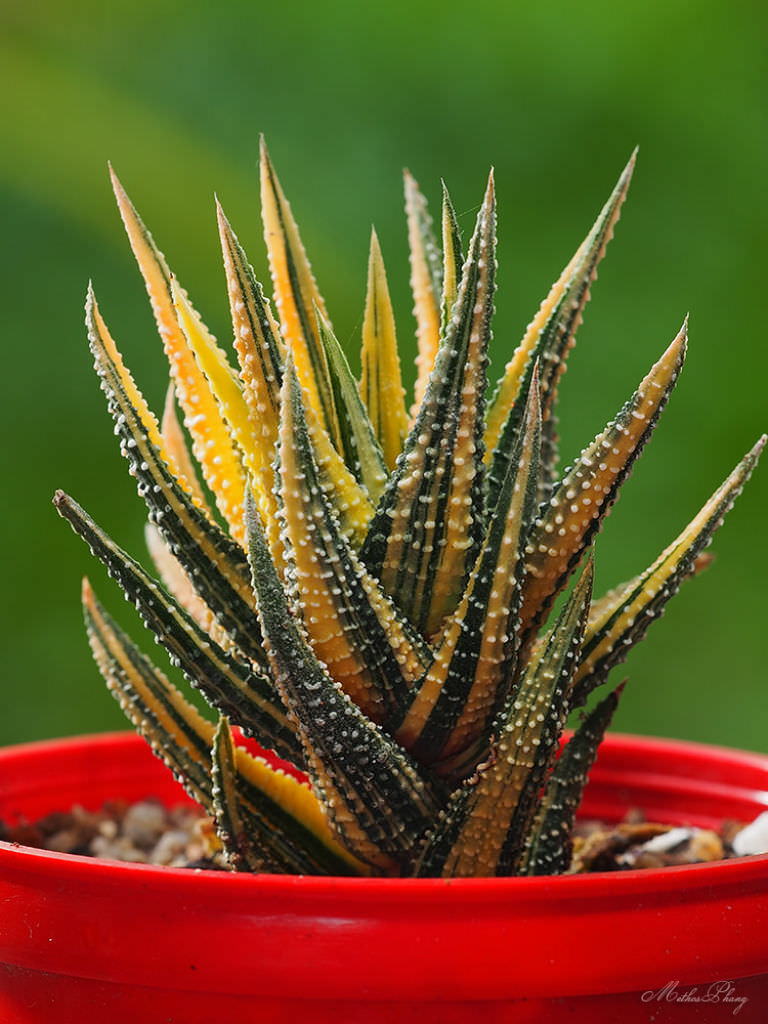


fasciata has smooth surfaces on the upper leaves. For example, Haworthiopsis attenuata is often mistaken for or mislabeled as this plant they can be distinguished by the fact that H.
#Haworthiopsis attenuata how to#
Learn more at How to Grow and Care for Haworthiopsis. Propagation: Haworthiopsis are mostly and easily grown from stem cuttings or by removing offsets from the mother plant. Repotting: When the plant has outgrown its container, repot in the spring or early summer into a new, slightly larger pot with fresh soil. Therefore, feed only with a dilute fertilizer and only from spring to fall. During the hottest summer months, when Haworthiopsis are mostly dormant, water just enough to keep the leaves from shriveling.įertilizing: Haworthiopsis are slow-growing succulents, and they do not require much fertilizer. Water your plants less during the winter when their growth slows down significantly. Watering: In spring and fall, when the growth is most active, water Haworthiopsis thoroughly, then wait until the top of the soil dries out before watering again. radula 'Variegata' can withstand temperatures as low as 30 to 50 ☏ (-1.1 to 10 ☌), USDA hardiness zones 10a to 11b. The rosettes grow up to 6 inches (15 cm) tall and 5 inches (12.5 cm) in diameter. Plant Size: Plants about 4 cm in diameter are offered. Formerly included as a species of Haworthia (subg. Haworthiopsis attenuata is often mislabeled as H. Soil: Plant your Haworthiopsis in a commercial soil formulated for succulents or make your own well-draining potting mix. Haworthiopsis attenuata, formerly known as Haworthia attenuata, is an attractive low-growing succulent that forms rosettes of thick fleshy dark green leaves with white tubercles. Description Haworthiopsis attenuata Snowy Origin: Eastern Cape Province, South Africa A very attractive compact cultivar with dense snow-white tubercles. However, brighter light conditions are needed to bring out the leaf coloration.
#Haworthiopsis attenuata full#
Light: Even though most species can tolerate full sun, these succulents thrive in semi-shaded positions. How to Grow and Care for Haworthiopsis attenuata var. Flowers are white with reddish-brown veins and appear on thin, up to 12 inches (30 cm) tall inflorescences, usually from spring to fall. They are erect, up to 3.2 inches (8 cm) long, up to 0.8 inches (2 cm) wide, and have white tubercles on both surfaces. Leaves are dark green, marbled with irregular markings of creamy-white, yellow, or pink. The rosettes grow up to 6 inches (15 cm) tall with a diameter equal to the height.

radula 'Variegata', is a beautiful succulent that forms rosettes of thick fleshy variegated leaves. radula 'Variegata', formerly known as Haworthia attenuata var. radula selected for its variegated foliage. This succulent is a form of Haworthiopsis attenuata var. radula 'Variegata' Accepted Scientific Name


 0 kommentar(er)
0 kommentar(er)
